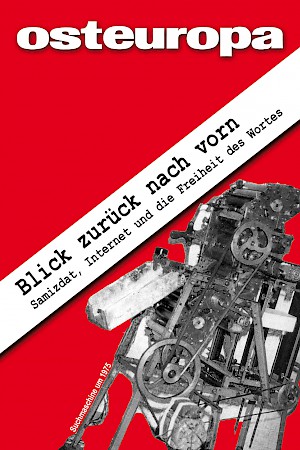Canon and Anti-Canon
Official Culture and Its Inversion in the Soviet Union
Deutsche Fassung
Abstract
In the 1930s, the Soviet cultural canon took shape. This was accompanied by internal uniformity and isolation from other cultural currents. The canon defined the framework of all official communication right well into the 1990s. With the emergence of the dissidents, this canon began to erode. But the anti-canon of Soviet dissidents, the opposition groups in East Central Europe such as Solidarność, and even the independence movements in the Baltic were much more strongly bound to the traditional patterns of official culture than the dissidents themselves realised.
(Osteuropa 11/2010, pp. 173–190)



